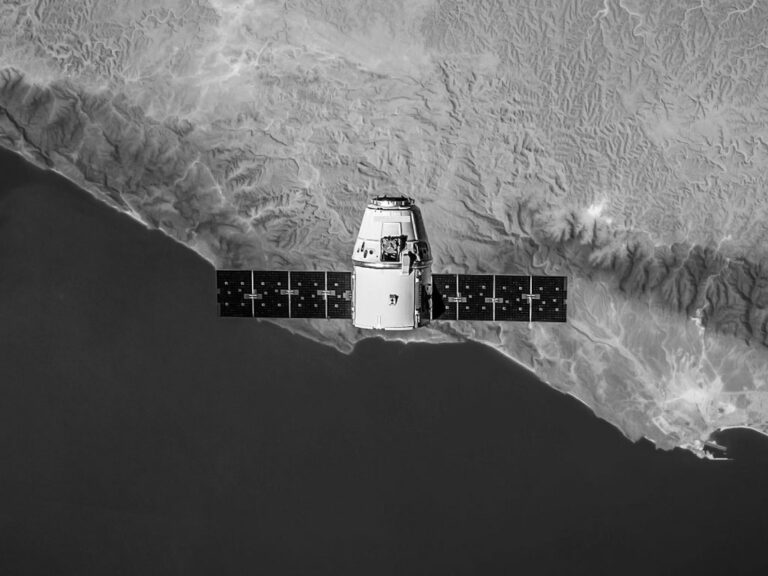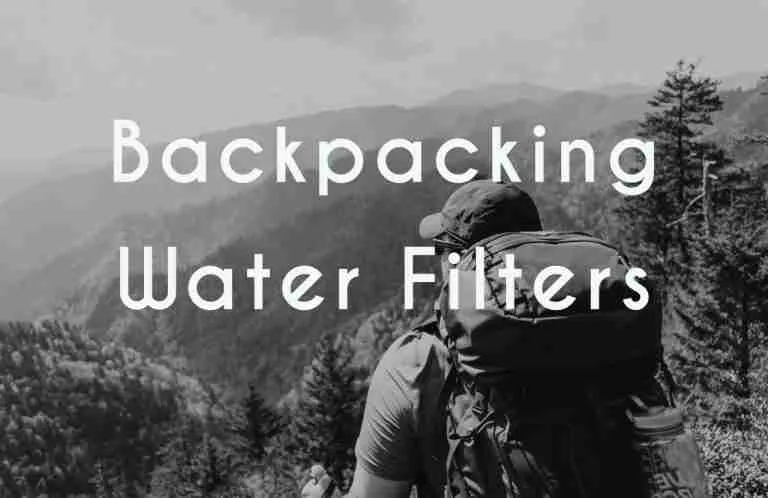Skip ahead to learn how to make your own DIY tent footprint.
If you already read our in-depth guide to choosing a tent and found your perfect backcountry structure you might be wondering if you need a footprint for your tent.
Or if your tent came with one, should you really take it with you on your next trip?
Tent footprints, often called groundsheets, can be a point of contention among backpackers and campers alike.
But, is a tent footprint worth it? Do you really need a footprint for your tent?
The simple answer is yes. Also, the other simple answer is no.
Read on to find out everything you need to know about footprints and groundsheets. Let us help you decide if a tent footprint is worth it for you.
Check our deal finder before purchasing a tent or tent footprint to search 40+ outdoor gear websites for possible deals.
What Is A Tent Footprint?
A footprint (or groundsheet) is a lightweight sheet roughly the shape of your tent floor’s outline that lays beneath your tent forming a barrier or extra layer between your tent floor and the ground.
These are often additional or optional pieces of gear. Increasingly, however, tent manufacturers are including groundsheets in the price of their tents.
Footprints are often made of the same material as your tent but in a thicker thread—called a higher ‘denier’.
What Is A Tent Footprint Used For?
Despite being made of extremely durable nylon or polyester, the bottom of your tent takes a lot of wear and tear.
Some terrain will wear out your tent floor much quicker than others. Exposed granite and sandstone can act like sandpaper against the bottom of your tent; potentially wearing thin spots or holes fairly quickly.
Often small-sharp rocks and twigs cause small punctures in your floor as well.
Quality tents are designed to work well without a groundsheet. Still, once holes start to appear your tent’s ability to keep you dry and warm becomes increasingly compromised.
This is where a footprint can be worth it.
A footprint acts as a protective layer against these abrasions and adds a barrier between you and the sometimes cold or damp ground.
Why Use A Tent Footprint?
Tent footprints can greatly extend the functional life of your tent. Considering a backpacking tent can cost $300 or more, a $40-50 or less footprint might just be worth it.
If you let your tent floor wear out you may as well be using a tarp shelter or bivy sack.
When the footprint wears out it can easily be replaced at a much lower price tag compared to your tent.
Footprints Are Useful For Other Things Too
As an added bonus, tent footprints are useful for a lot of other purposes.
As we discussed in another article, tent footprints, as well as old rain-flies, can be used in a number of useful ways:
- Groundsheets for bivying or when you just don’t feel like setting up the tent.
- They are excellent gear sorting tarps
- Perfect rope tarps for the crag
- Nicely sized picnic blankets
- Extra rain protection
- Additional heat insulation layer/windshield
- Can be scavenged to patch other gear like tents and packs
What are tent footprints made of?
Your tent may come with a footprint, but most tents have a fitted footprint available for purchase.
Like tents, footprints will be made of either nylon or polyester. In a previous article, we talked about the properties of nylon compared to polyester.
For the most part, nylon is a stronger material, is more stretchy, and is less water-resistant. Polyester is less stretchy, is much more water-resistant and holds up better to UV damage but is slightly heavier and less abrasion resistant than nylon.
Considering your footprints’ purpose is to protect you and your tent from moisture and abrasion, most would consider a polyester groundsheet the better option (disregarding weight).
Denier
Similar to tent material, footprint product specifications will list the ‘denier’ of the fabric (for double-walled tents, the denier is not as critical because the inner tent is protected by the rain fly).
Denier is a measure of thread thickness. In the case of tent footprints, think of denier as a ‘burliness’ factor. The higher the denier the more burly the product will be.
Your footprints’ purpose is to be a shield, so (all things being equal) you will want to get a higher denier fabric when available.
Denier By The Numbers
For example, the universal footprint for the MSR Hubba Hubba NX runs $45 from Backcountry. It weighs 7.0 ounces and is 68-denier polyester.
The footprint for the Nemo Hornet weighs 6.9 ounces, is 75-denier nylon, and runs $49.
As a reference, the Hubba Hubba’s floor material is 30-denier nylon and the upper micromesh is 15-denier.
Nylon is lighter than polyester. While the Nemo footprint is a higher denier, the overall weight is still lighter than the Hubba Hubba footprint.
This is a situation where polyester might not always imply more durability.
Is A Tent Footprint Worth It?
All that to answer the question, “Is a footprint worth it?”
Considering they are ultra-light, cheap, and extremely adaptable; a tent footprint is definitely worth it.
Let’s say you’re convinced, you are searching for the best footprint for your tent online right now.
There is one more consideration to take into account that could save you a decent amount of cash.
DIY Tent Footprints
Despite being fairly important, tent footprints are simple things. What are they really anyway? A sheet under your tent. Do you really need to shell out $40-50 dollars for that?
The answer is an emphatical no.
There are a few alternatives to manufacturer-issued footprints that will perform better, be more versatile, and save you money.
Before we get into the DIY options it is important to know how to size your DIY tent footprint.
How Big Should A Tent Footprint Be?
Footprints should be cut to approximately 1-2 inches smaller, on all sides, than the actual outline of your tent.
The reason for this is puddling. When a footprint sticks out beyond the tent edge it can act as a moisture trap.
In a rainstorm, this will cause water to pool there and run in between the footprint and your tent bottom. Potentially, this can allow more water to enter the main tent than if the footprint wasn’t there in the first place.
Remember, cut your footprint smaller than your actual tent outline.
3 Materials For A Solid DIY Footprint
Painters Tarps
The heaviest option here, a simple clear plastic painters tarp can be purchased at any hardware store. You will get a lot of material which you can cut to whatever dimensions you want.
Pros:
- Inexpensive
- Customize the size
- Completely waterproof
Cons:
- Very heavy
- Bulky
Best For:
- Car camping or Walk-in campsites
- Big Tents
- When weight is not an issue
Polycro
Available from Gossamer Gear or Six Moon Designs, Polycro is the lightest of ultra-light plastics.
Polycro is clear, it looks just like a plastic painter’s tarp except wayyy thinner.
Polycro has an extremely high strength to weight ratio, meaning for such a thin layer it is puncture and abrasion-resistant as well as waterproof.
A standard sheet of polycro, 96”x48”, weighs in at a practically invisible 1.6 ounces (45 grams).
Pros:
- Waterproof
- Extremely light
- Durable
- Clear
Cons:
- Expensive
- More fragile than other options
Best For:
- Ultra-light backpacking
Tyvek
You know that white paper looking stuff they wrap houses in during construction? That stuff is nearly indestructible, it’s cheap, it’s waterproof, and it’s pretty light too.
Tyvek has a high burliness factor. Compared to the other options it is much more puncture resistant. Tyvek is also waterproof.
It can be a bit bulky to pack but is light enough that you can just roll it up and cinch it in the top of your pack or one of the outer straps.
You can find scraps lying around construction sites or you can get a 3’x165’ roll at a hardware store for $66 (~$2.5/foot). Some stores will also cut you a piece to your desired length.
If you just want a groundsheet size piece Six Moon Designs also sells Tyvek groundsheets.
Compared to Polycro, an 84”x84” piece of Tyvek weighs 6.5 ounces (184 grams). Still very light, just not the lightest.
Pros:
- Inexpensive
- Indestructible
- Waterproof
Cons:
- Heavier than Polycro
- Somewhat bulky
Best For:
- All backpacking or camping situations where weight is not the priority.
Summary
What Is A Tent Footprint?
A footprint is a ground sheet shaped to your tent outline that acts as a barrier between your tent floor and the ground.
What Is A Footprint Used For?
A footprint protects the bottom of your tent from wear and tear. It acts as a barrier between your tent and the ground, preventing moisture and cold from entering your tent.
Do You Really Need A Tent Footprint Backpacking?
You do not need a footprint for backpacking. However, a footprint will increase the longevity of your tent, prevent moisture and cold from entering your tent, and is relatively light. On a backpacking or camping trip footprints can be used for a number of other purposes including as a rain tarp, a gear sorting station, wind protection, a picnic blanket, and more.
What Is The Best DIY Tent Footprint?
Tyvek and Polycro are two affordable and lightweight options for making your own footprints. Tyvek is more durable and cheaper, while Polycro is much lighter but more expensive and more fragile than Tyvek. Both options are waterproof.
So is a tent footprint worth it? We think so.




